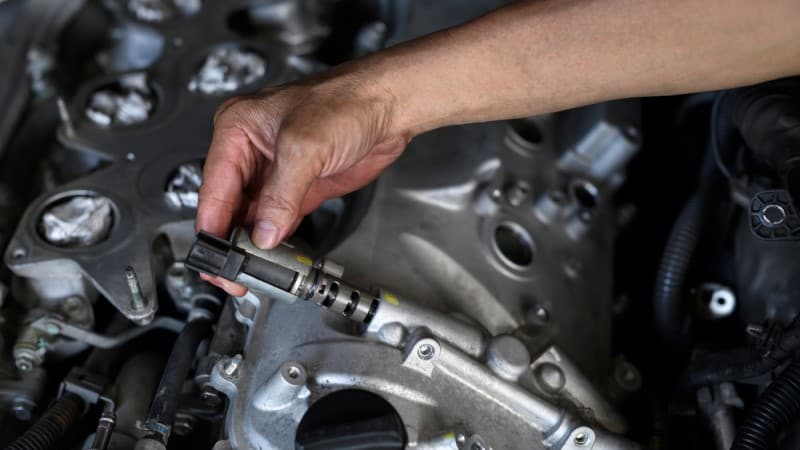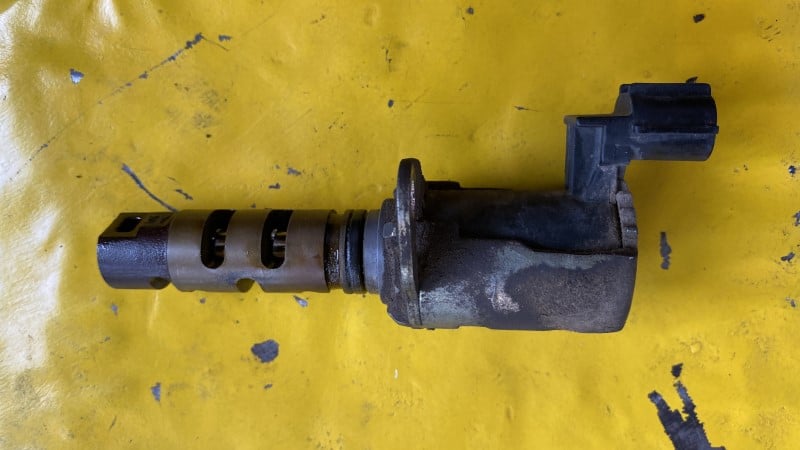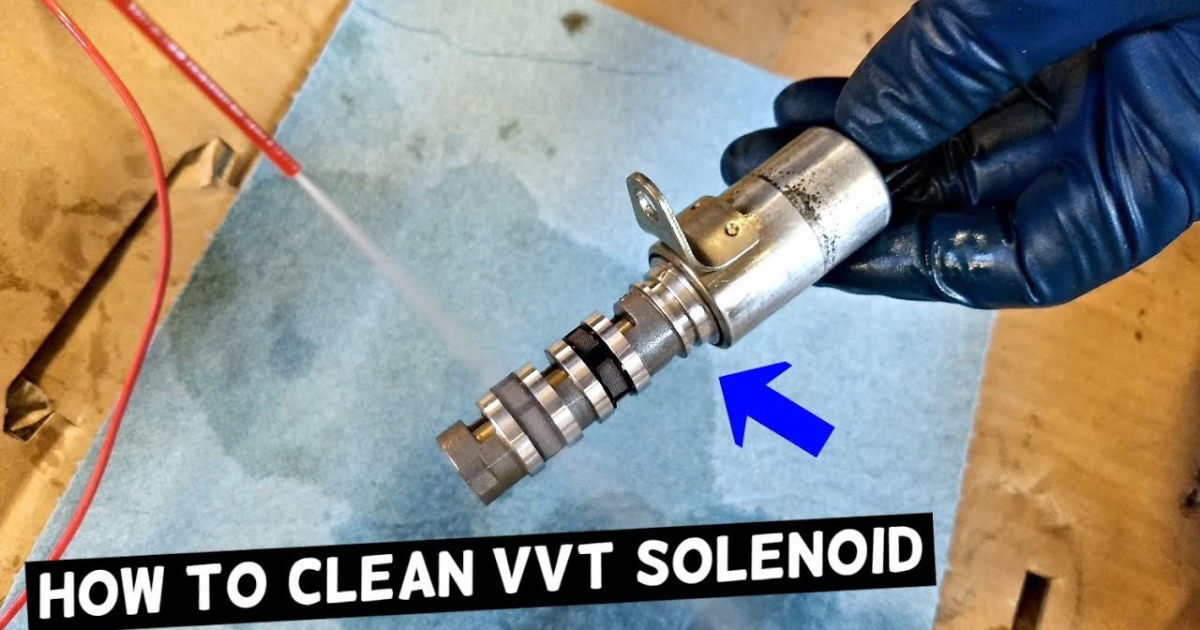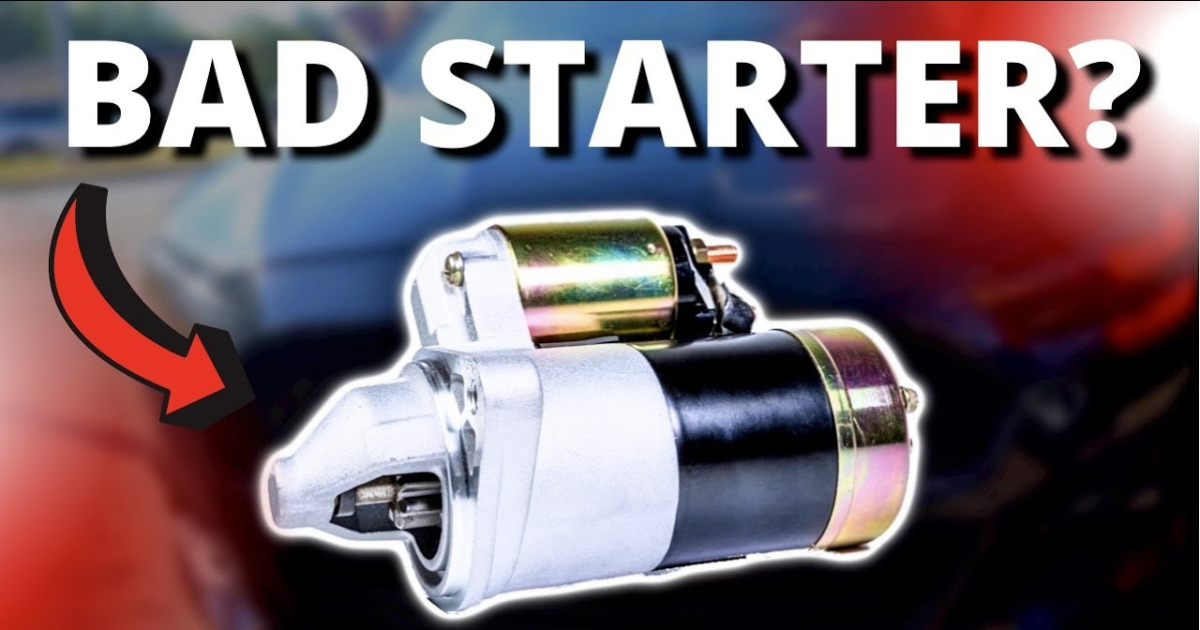The oil flow regulation system in your car is comprised of multiple components. The VVT solenoid is an example of such a part. Oil flow can be modulated in response to changes in engine load and speed by use of the solenoid of the variable timing valve.
What causes oil in VVT solenoid connector?
here is a problem with the solenoid if oil is present in the VVT solenoid connector. To begin, what is the operation of the VVT solenoid? A component of the variable valve timing (VVT) system, the oil control valve (OCV) helps control the oil flow in response to changes in engine load and speed.
For efficient and trouble-free engine operation, the vvt solenoid uses oil pressure to retard or advance the camshaft. In most engines, a variable valve timing (VVT) solenoid is mounted on the camshaft and allows the engine’s load and speed to regulate the oil pressure supplied to the camshaft. Realize that the VVT solenoid houses the oil control valve, therefore their functions are coordinated.
It will leak oil if it is faulty since it is always in touch with oil. Additionally, it is expected that the connector will contain oil due to its attachment. Now that we know that oil in the VVT solenoid connector indicates a bad VVT solenoid, what are the reasons of a faulty or malfunctioning VVT solenoid?
- Dirty or old oil
- Aging bushings
What causes oil in VVT solenoid connector?

Connected to the engine’s top, the VVT solenoid is responsible for operating the VVT system. Having oil on it was inappropriate because its sole purpose was to convey power. It will definitely not function as intended if oil is present.
However, as mentioned earlier, a VVT solenoid that has an oily connector is likely faulty. If the VVT solenoid connector is malfunctioning, how can you tell?
- Illumination of the check engine light
- Poor fuel economy
- Rough idling
- Poor engine performance
- Ticking engine noise

How do you fix oil in VVT solenoid connector?
It has been determined that the solenoid’s dysfunction is the sole plausible explanation for oil in the VVT solenoid connector. Therefore, replacing the VVT solenoid is your best option for addressing an oily VVT solenoid connector. However, in order to confirm that the VVT solenoid is indeed malfunctioning, a correct diagnosis is required. Here is how to fix the VVT solenoid, if you’re sure.
Your VVT solenoid’s condition will dictate whether you should clean it or replace it. You can clean it if it’s dirty, but if it’s leaking, you might have to get a new one. Can you clean the VVT solenoid, for those who are wondering? The answer is yes. Just be careful to use the correct cleaner; some can damage the solenoid’s rubber components.
To clean the VVT solenoid, what should I use? To avoid damaging the rubber components of the VVT solenoid while removing dirt and grime, a mass air flow cleaner or throttle body is your best choice. But, if the VVT solenoid is damaged or leaking, you need to get a new one that is compatible with your vehicle.
A new solenoid is required in this case. A VVT solenoid, then, would cost what? A new variable valve timing (VVT) solenoid may cost anywhere from $203 to $224 for a particular vehicle type. And if you want to do it yourself, all you have to do is purchase the necessary components. Going to a mechanic can drive up the cost of parts by as much as $317 to $368 and labor by an estimated $114 to $144.
Before replacing the VVT solenoid, make sure the connections are clean; if they are, the two parts won’t stay connected. You should exercise caution when cleaning it, as mentioned earlier. Avoid using brake or carb cleaner on plastic electrical connectors; these cleaners can harm the connectors’ seals and plastic.
Which cleaning solution is best for a VVT solenoid connector? To avoid melting plastic, use a mass air flow cleaner or throttle body to remove dirt and grime. Changing the oil is the next best thing to replacing and cleaning the VVT solenoid, since old or unclean oil is the main culprit of faulty solenosis.
It should be noted that the diagnostic codes might not be instantly erased after replacing the solenoid. The problem code might not go away until the car has been driven three times, according to certain manuals.
Conclusion
You can tell you have a faulty VVT solenoid if there is oil in the connector. Therefore, you need to either clean or replace the VVT solenoid to resolve the issue. However, you’ll need to change the oil while cleaning or replace the solenoid because old or dirty oil is the main culprit of a malfunctioning VVT. If you don’t, you’ll keep having the same problem, which will lead to a plethora of automotive issues.





